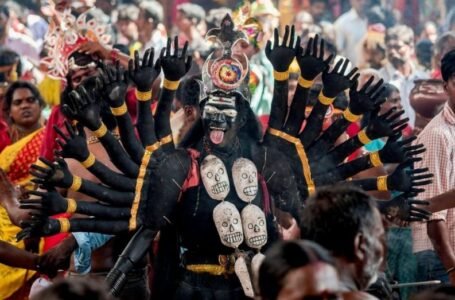POSHAK: ANCIENT INDIAN ATTIRE
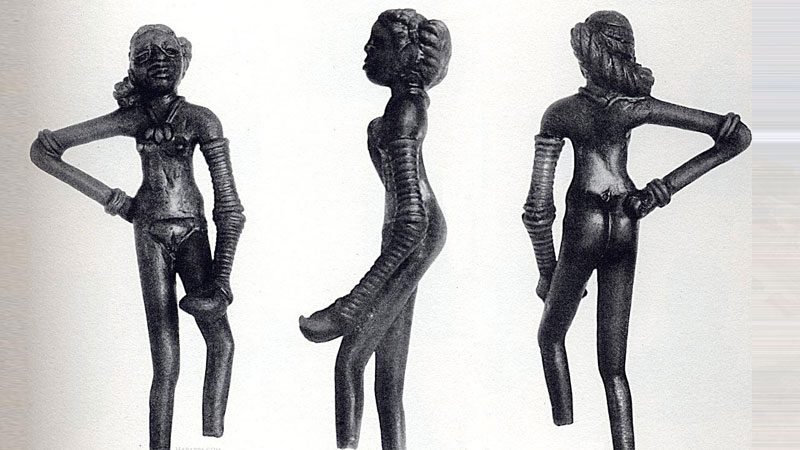
ANCIENT INDIAN CLOTHINGS
“The Himalayas was both sanctified as well as decorated by his daughter Parvati. She was to him like a bright flame is to a lamp; like the river Ganges is to the paths of the heavens and like a refined language is to the intellect.”
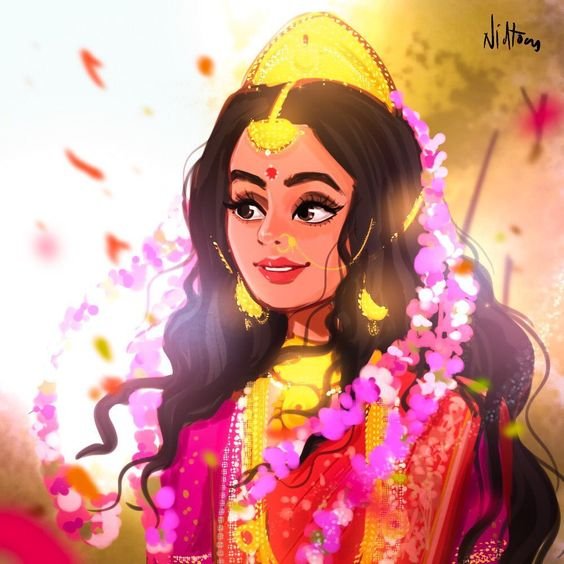
According to kalidasa, ‘Parvati’-The Mountain princess always levels with striking costume and the coordinated jewel.
The original concept behind the idea of the costume was to cover the body parts, but it rapidly settled with the creativity of a garment can be centralized. Costumes are always changing throughout the years. It was specially mentioned by Kalidasa how summer banged its way to give the beloved prince a piece of advice on the mode of dressing, where the upper outfits were precisely interwoven with jewels, pearl necklaces pendent and the garment which were so fine that could be blown away after a softest breath.
“Athasya ranagrathi tottariyam ekantapandutanalmbiharm, Nissvasharya msukam ajagama gharmah priya vesam ivopadeshtum Raghuvamsa”
In between 321 B.C and A.D 850 the evolution of costume in Ancient India, mainly on the basis of archaeological sources.
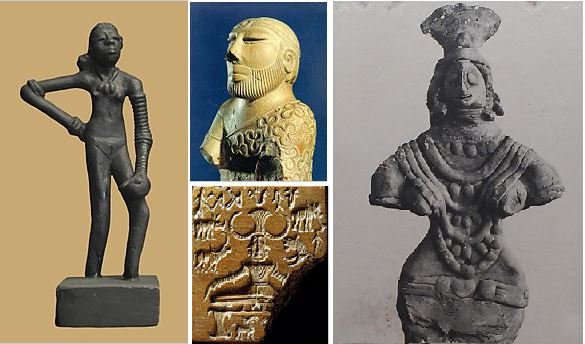
Somewhere from Ancient India Fashion starts showing its colors. In Indus Valley civilization or Harappa Civilization there is an indication that the people out there use woven cotton fabric. For fibers, Flax plants were grown and silkworms are cultivated for silk. The priest-Kings wore a robe over their shoulders and men draped turban over their head. Women’s clothing style includes knee-length skirts with jewelry like bangles, earrings, and beaded necklaces.
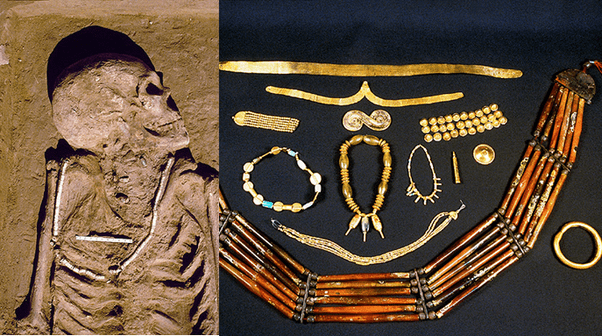
Even the Indian ladies are affectionate in giving their hairs emphasis while decorating it with flowers, hair clips. Married Indian women also wore “Bindi”, a red dot on the forehead. “Kajal” is also given a special place in Indian Costume to emphasize eye makeup. And also, the men from ancient times wore jewellery. The dancing girl of Mohenjo-Daro is quite popular, one of the first pieces of evidence of Dhokra art.

After the Indus valley civilization and Harappa civilization, there are many eras in which the costume evolved according to the need of the community or the people living in the meantime. The demographic and the social factors influence a lot in the gradual change in Fashion. Differences arise in the clothing between the Eras are slightly diverse. Otherwise, perceptions of clothing in ancient times are identical.

